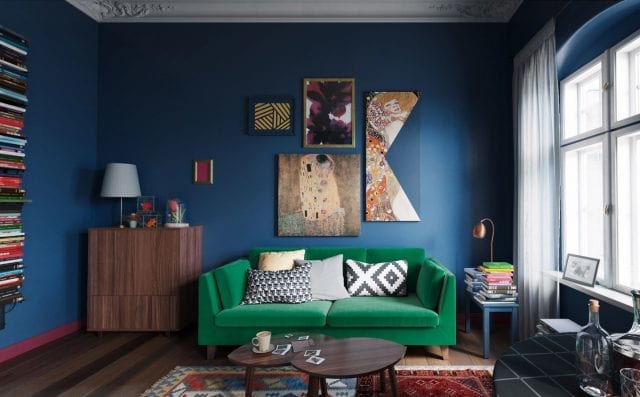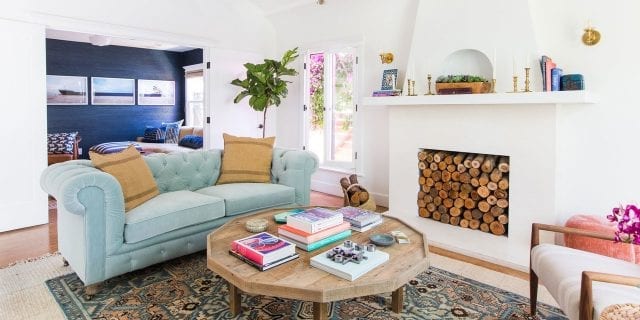
Technology has already simplified so much of our daily lives. However, there are still some time-consuming tasks that remain— one is transforming your house into a home.
Whether you are updating an existing space in your home or moving to a new place, the cost, effort and time required to redecorate usually results in exhaustion and even a lack of enjoyment in the finished project.
Fortunately, new innovative technologies continue to emerge to help simplify these processes— from insulation improvement at thermguard.co.za to designing and choosing curtains and furniture — transforming an activity that was once dreaded into something more enjoyable.
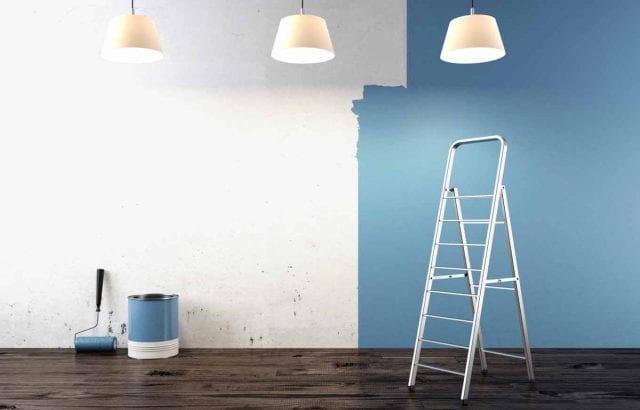
What tech I’m talking about?
Visual technologies! And that includes virtual reality and augmented reality.
So, how do these tech advancements makes home re-decorating a whole lot easier?
- Interior Design Visualizations
Virtual reality, when applied to interior designing, offer amazing results. Rather than imagining, explaining, or drawing what a room or even a terrace should look like, people can now put on a VR device and just walk through various iterations of their future space. This allows homeowners to see it from every angle and feel assured of what they are going to invest in.
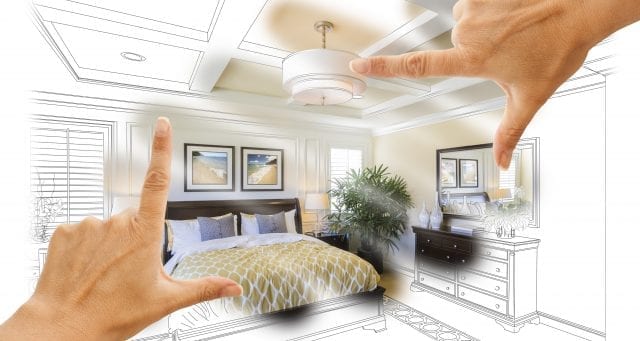
- No More Measuring Tapes
When thinking about AR on your phone, it is probably looking through your phone screen and seeing something in 3D that is not actually there— be it a Minecraft landscape or Pokémon.
However, when implemented in the interior designing industry, AR has also shows the ability to create precise floor plans when used to scan a given physical space, for instance, an attic bedroom. With various apps available online, you can now point your phone’s camera at the perimeters as well as furniture and accessory dimensions such as blinds and sofas. Do a careful and slow scan and receive an accurate set of measurements for your space.
This eliminates the need for a measuring tape and makes this step of decorating a bit simpler and easier.
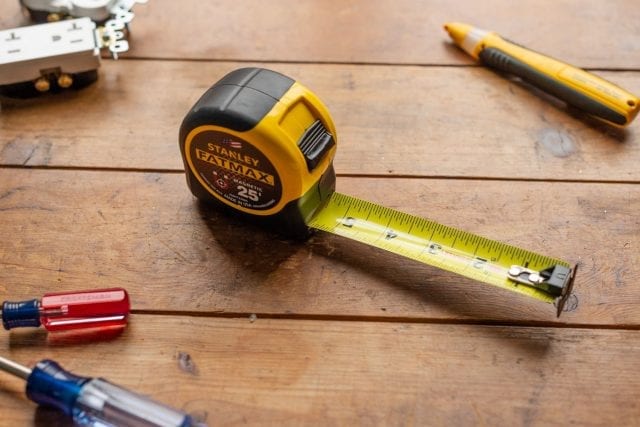
- Furniture Sampling
More in line with AR, there are now several apps that allow the option of visualizing furniture in your home without buying and setting it up first. This tech started with IKEA, then companies like Houzz joined the club. Most recently, Wayfair also created an app that allows you to sample their furniture.
These apps add a new dimension to the concept of window shopping, which is fun but also allows homeowners to choose the perfect furniture for them and see if it really goes well with your room style. You get to cycle through dozens or even hundreds of different furniture options to see just how each of them might look like in each space, all without actually leaving your home, purchasing something or doing any heavy lifting.
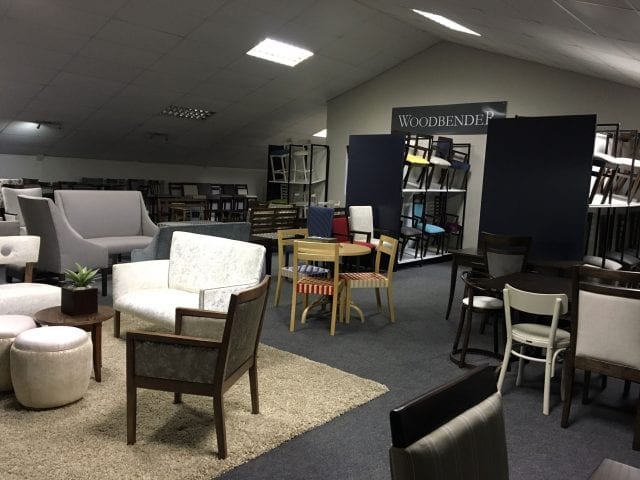
- Mixed Reality
Mixed reality, is an emerging tech trend and is pretty much like AR on steroids. This tech requires particular devices, like the Microsoft HoloLens, allowing users to combine virtual and physical elements seamlessly and realistically without markers such as printouts and brochures.
Mixed reality devices can read the physical environment, so all the virtual elements can interact with physical elements like they truly existed. For instance, a virtual apple roll off a physical, real sloped table, falling and rolling onto the ground according to the rules of gravity.
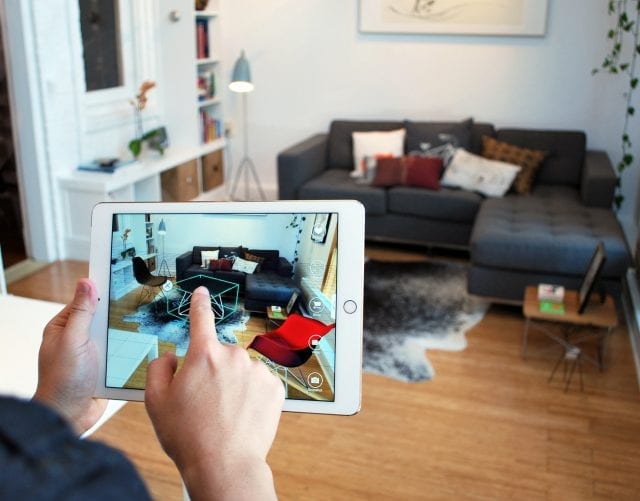
- Virtual Showrooms
Virtual reality is now making way for the development of so-called “virtual showrooms”. This requires a user to put on a VR device and suddenly finding themselves in a store showroom. Rather than traveling, the process of buying new furniture or materials such as wall insulation can be done in the comfort of your living room.
The advantage of doing it this way rather than via a computer is that the user can have a real sense of the object dimension. And as the computing power of VR devices continuously improves, it allows graphics to become more realistic which may even replace traditional interior designing brick-and-mortar stores in the future.
